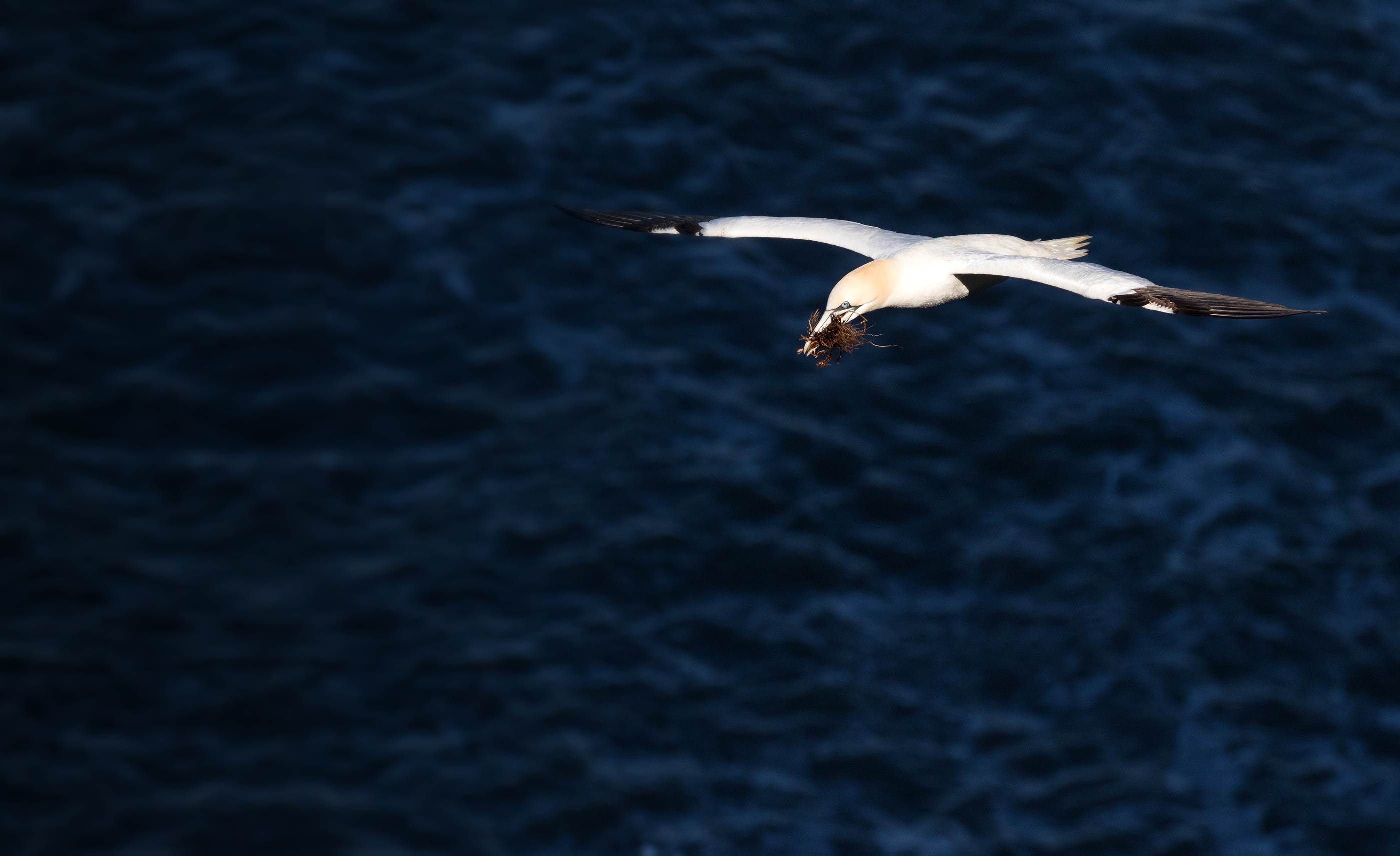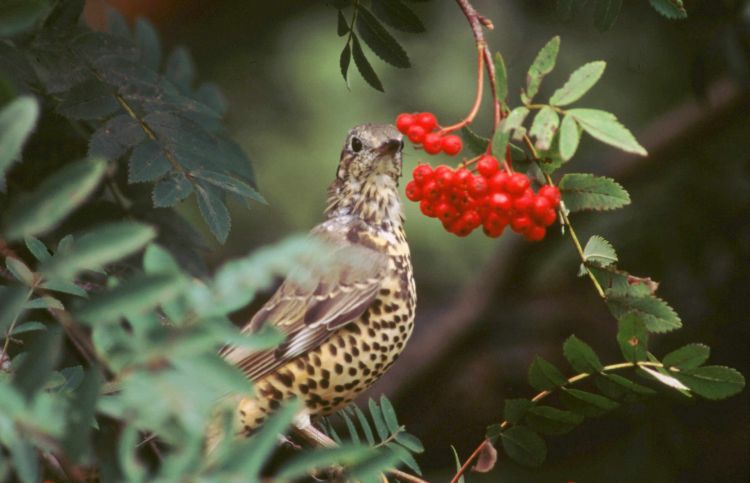BTO Winter Thrushes Survey
The UK countryside supports large numbers of several thrush species through the winter. The Winter Thrushes Survey aims to find out more about their numbers and distribution, and the resources that they need to survive to spring and the next breeding season.
The survey has now closed
This winter, please use BirdTrack instead to record all your sightings of winter thrushes, and other birds.
The Winter Thrush Survey ran for two winters 2012/13 and 2013/14 and was well supported with over 24,500 visits, made by almost 2,000 observers at 4,080 different locations across the UK. The survey recorded more than 875,000 thrushes and nearly 634,000 other birds, including over half a million Starlings.
Provisional results
Vist the Winter Thrushes Survey results to read the provisional results from the first winter.
this article featured in Volunteer
What we know already
We already know a great deal about these birds throughout the UK - for example:
- from Garden BirdWatch and the Garden Bird Feeding Survey, we can see when and where birds are coming into gardens and feeding on artificial foods, and the history of this behaviour since the 1970s
- from Atlas 2007–11 and the Winter Atlas of 1981/82 to 1983/84, we know their cumulative winter distributions across two periods of years and how variable distributions can be at 10-km scale from winter to winter
- from BirdTrack we can see the arrival and departure patterns for the more migratory species
- from the monitoring surveys reported in BirdTrends we know population and demographic trends of the four thrush species that commonly breed
Gaps in our knowledge
There are several important gaps that the Winter Thrushes Survey hoped to address:
- How does thrushes' use of habitats (including gardens) vary, by species, geographically and through the winter?
- How do feeding behaviours vary, again by species, geographically and through the winter?
- What is the relative importance overall of key habitats such as farmland, gardens and orchards and of the various feeding resources?
- In what ways do thrush numbers, distribution and feeding behaviour differ between successive winters?
The more information we can gather on these topics, the better we will be able to promote the conservation of these birds.
Survey methods
download full survey instructions
Observers were invited to set up routes, based loosely on 1-km squares, for repeated winter walks. Locations of all thrushes observed, with their habitat and activity were to be plotted online onto a map of the survey route. Walks could be made at any time from mid September to mid April.
A randomly selected set of squares had been set up for synchronised coverage in midwinter. This element of the survey is organised through the BTO's Regional Network.







Share this page